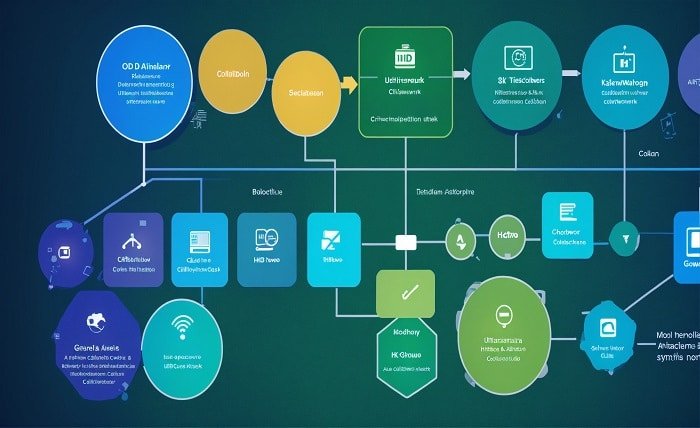Introduction
RTPS9, a term gaining traction in technical circles, is often discussed for its innovative implications in several industries. This post explores RTPS9, detailing its functionalities, applications, and the transformative potential it holds. Whether you’re a tech enthusiast or a sector professional, understanding RTPS9 could be crucial for staying ahead in the rapidly evolving technological landscape.
What is RTPS9?
RTPS9 refers to a protocol or technology utilized in specific tech domains to enhance performance and efficiency. Although not widely known outside these areas, its impact on system capabilities and user experiences is significant. By breaking down its components, we can appreciate how RTPS9 works and why it’s becoming a buzzword among experts.
Historical Development of RTPS9
The evolution of RTPS9 can be traced back to the early 2000s when digital technologies began to embrace advanced protocols for better data management. Over the years, RTPS9 has evolved, incorporating more sophisticated features to meet the increasing demands of modern applications and systems.
RTPS9 in Telecommunications
In telecommunications, RTPS9 plays a pivotal role by optimizing data transmission and enhancing signal integrity. This section discusses how RTPS9 contributes to reducing latency and improving the bandwidth utilization in networks, making communications more efficient and reliable.
RTPS9 in Healthcare
The application of RTPS9 in healthcare is transformative, facilitating the rapid sharing of large patient data files and enhancing telemedicine capabilities. This subheading will explore how RTPS9 technologies are being integrated into medical devices and health information systems to improve patient care.
RTPS9 and Internet of Things (IoT)
RTPS9 is crucial in the IoT sphere, where it helps manage and streamline communication between connected devices. By enabling more efficient data processing and transmission, RTPS9 supports the scalability and functionality of IoT systems, which are becoming increasingly ubiquitous in our daily lives.
RTPS9 in Data Security
Data security is paramount, and RTPS9 contributes significantly to enhancing the security protocols of various systems. This section will cover how RTPS9 helps in encrypting data and securing transmission channels, safeguarding information from cyber threats and attacks.
Future Prospects of RTPS9
Looking forward, RTPS9 is set to revolutionize even more sectors. This part of the post will discuss potential future applications of RTPS9, including in emerging technologies like artificial intelligence and machine learning, where it can significantly speed up data processing and analysis.
Challenges and Limitations
Despite its advantages, RTPS9 faces certain challenges and limitations. Issues such as compatibility with existing systems, cost of integration, and a steep learning curve for new users are significant hurdles that need addressing for wider adoption.
RTPS9 Case Studies
Real-world applications and success stories can provide better insights into RTPS9’s capabilities. This section will delve into a few case studies where RTPS9 has been successfully implemented, showcasing its benefits and impact on business outcomes and operational efficiency.
Conclusion
RTPS9 is more than just a technical term; it’s a catalyst for innovation across numerous fields. As we continue to explore and expand its applications, RTPS9 is expected to play a crucial role in shaping the future of technology. Embracing RTPS9 can lead to more robust, efficient, and secure systems, driving forward the advancements of various industries.
Frequently Asked Questions (FAQ)
1. What is RTPS9 primarily used for?
RTPS9 is primarily used to enhance system efficiencies and improve data transmission capabilities across various tech-driven sectors.
2. How does RTPS9 impact telecommunications?
In telecommunications, RTPS9 helps reduce latency, improve bandwidth utilization, and ensure smoother and more reliable communication channels.
3. Can RTPS9 be integrated into existing systems?
While RTPS9 can be integrated into existing systems, it often requires careful planning and might involve significant changes to accommodate its advanced features.
4. What are the main challenges in adopting RTPS9?
The main challenges include compatibility issues, costs associated with system upgrades, and the need for specialized knowledge to implement and manage RTPS9 technologies.
5. What future technologies could benefit from RTPS9?
Future technologies like artificial intelligence, machine learning, and advanced robotics stand to gain significantly from the enhanced data processing and security features of RTPS9.
This comprehensive overview provides the essentials needed to understand and appreciate the significance of RTPS9, preparing you to explore its potential further or consider its integration into your projects or business strategy.






